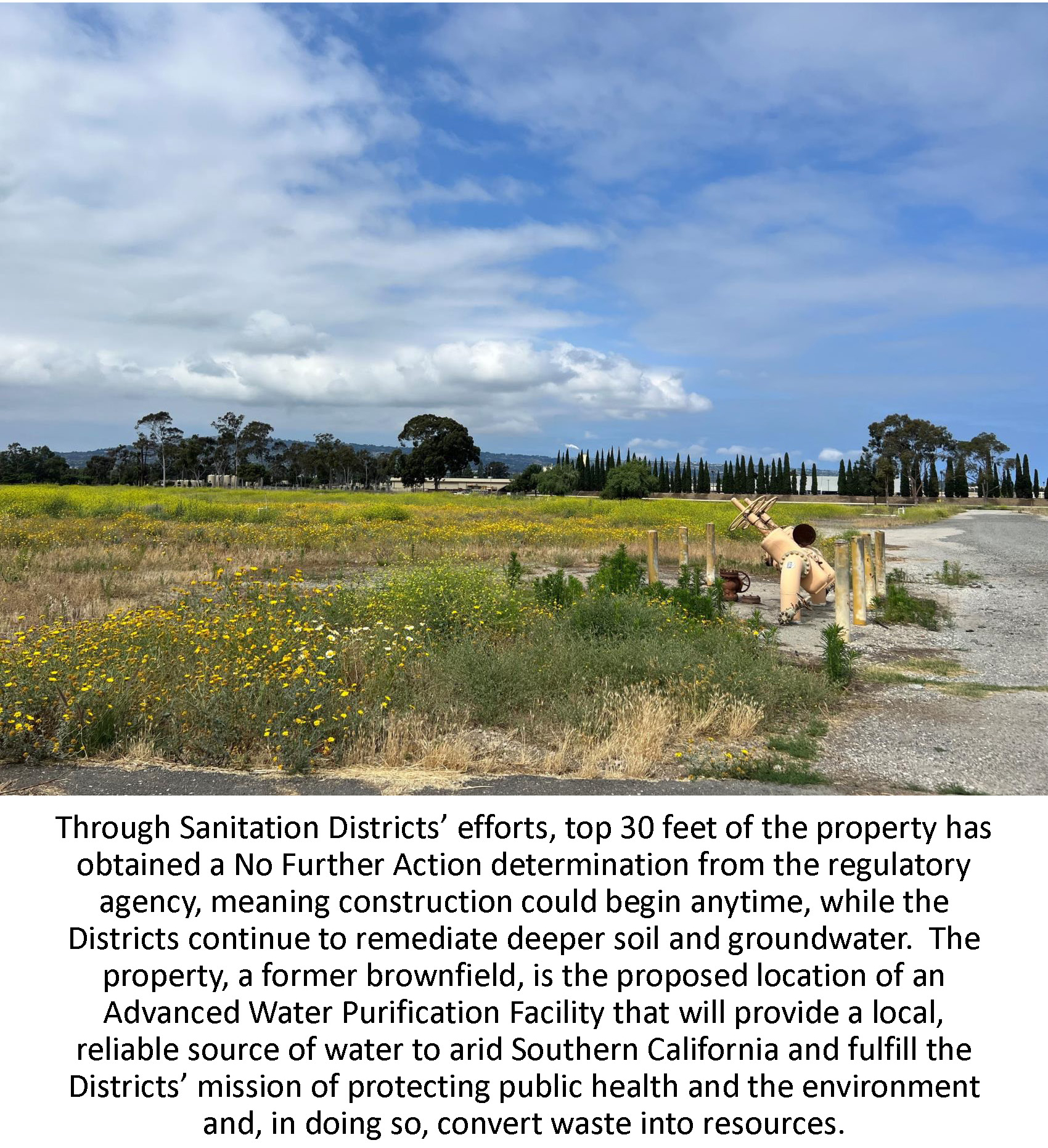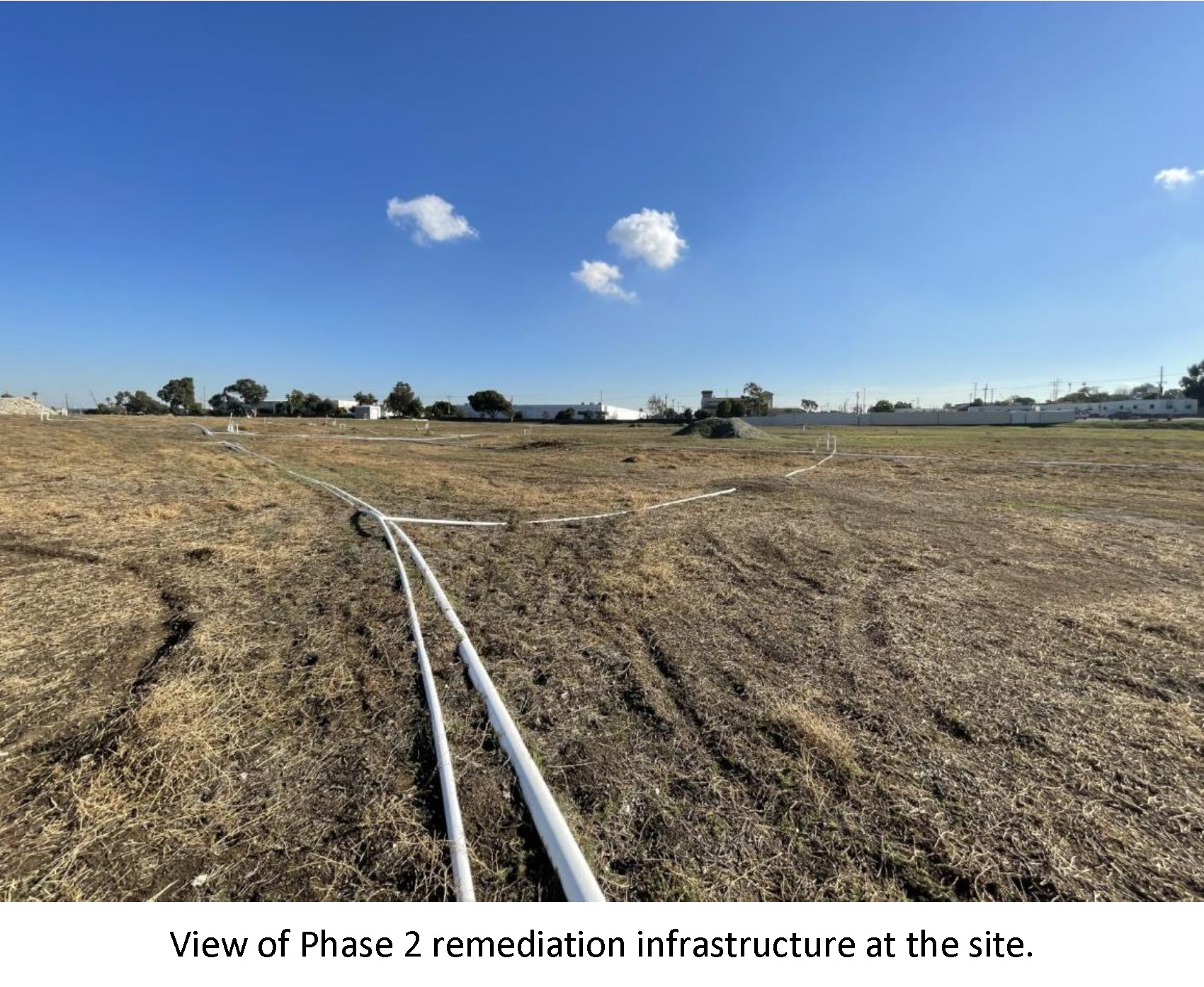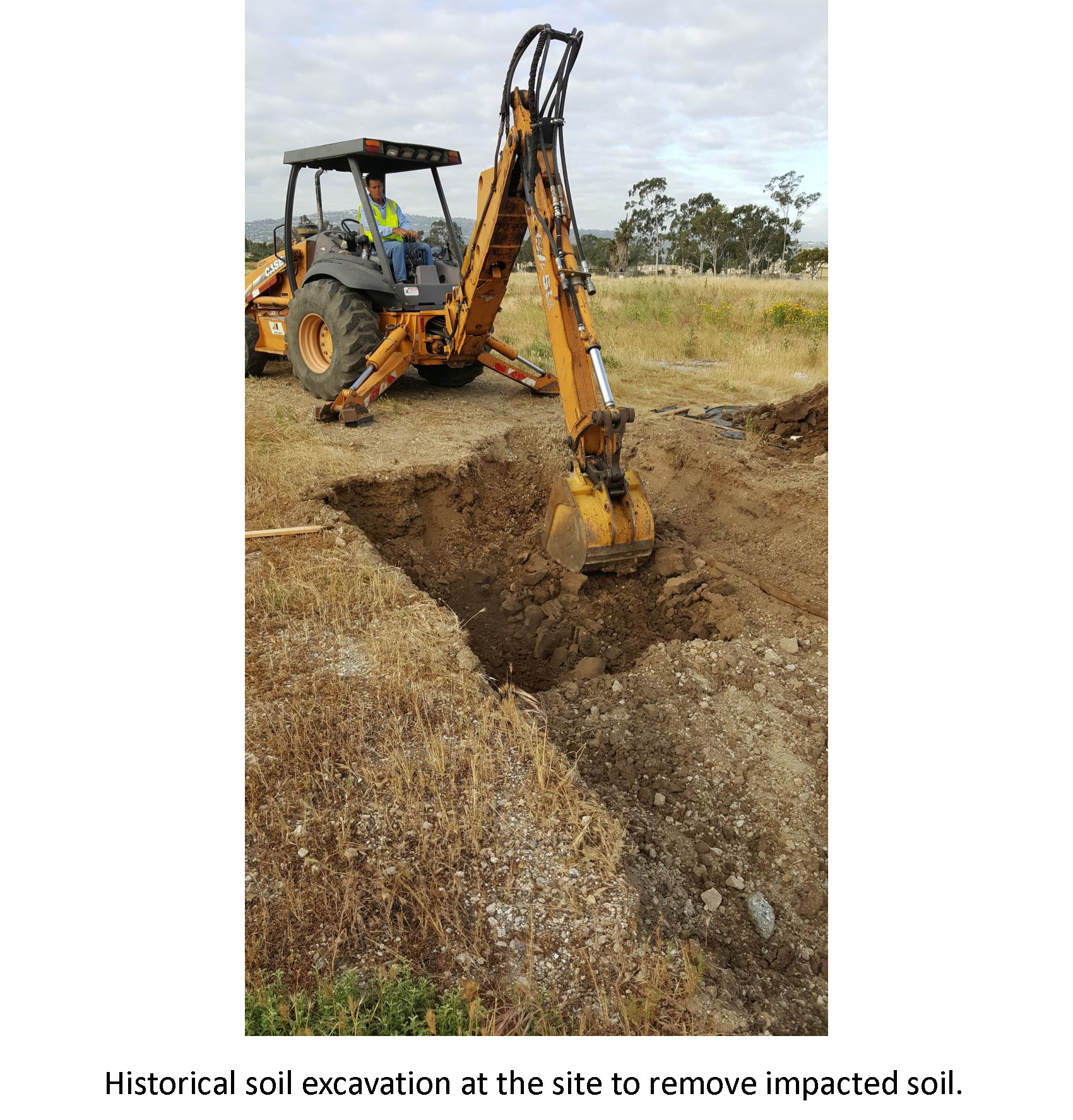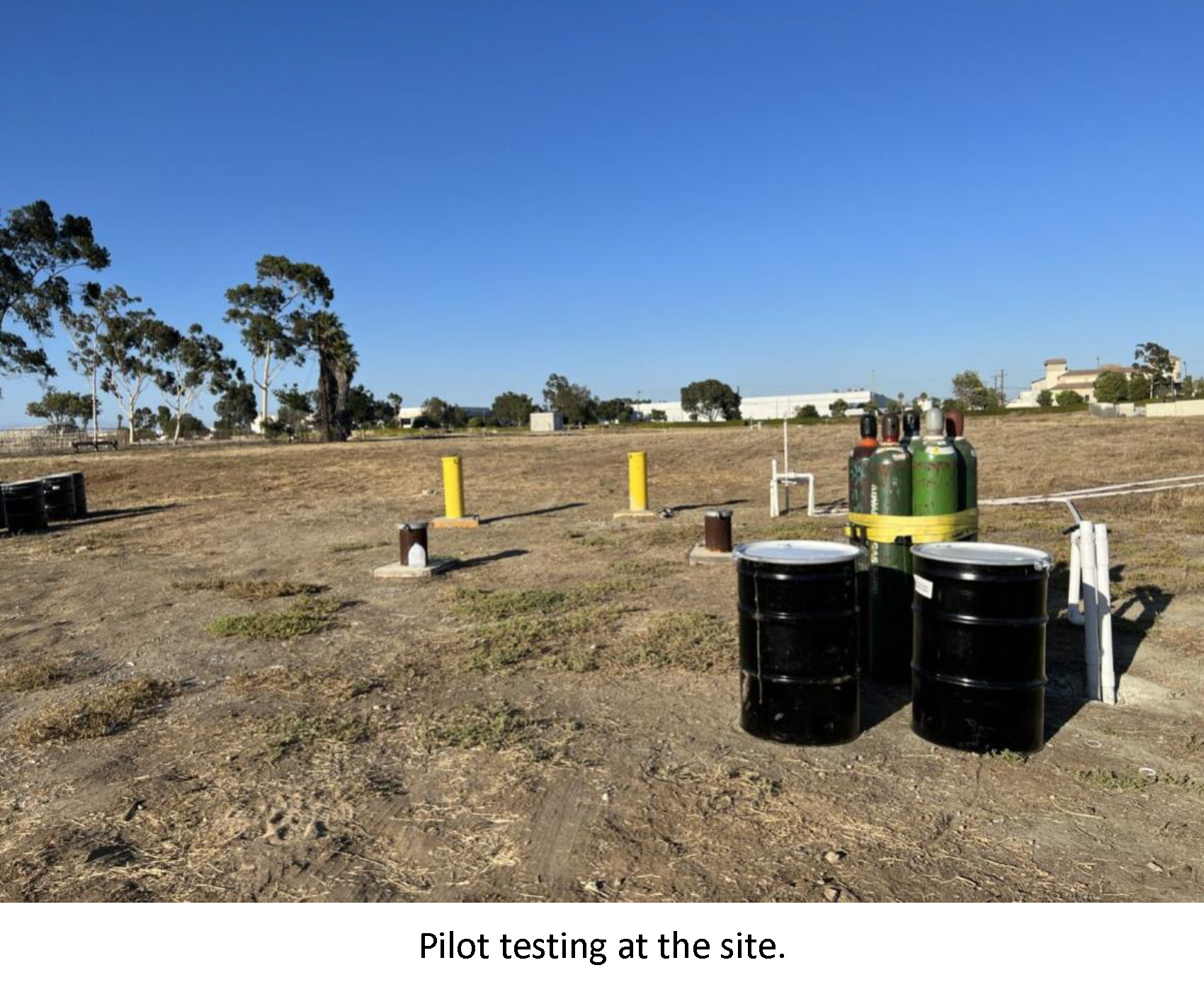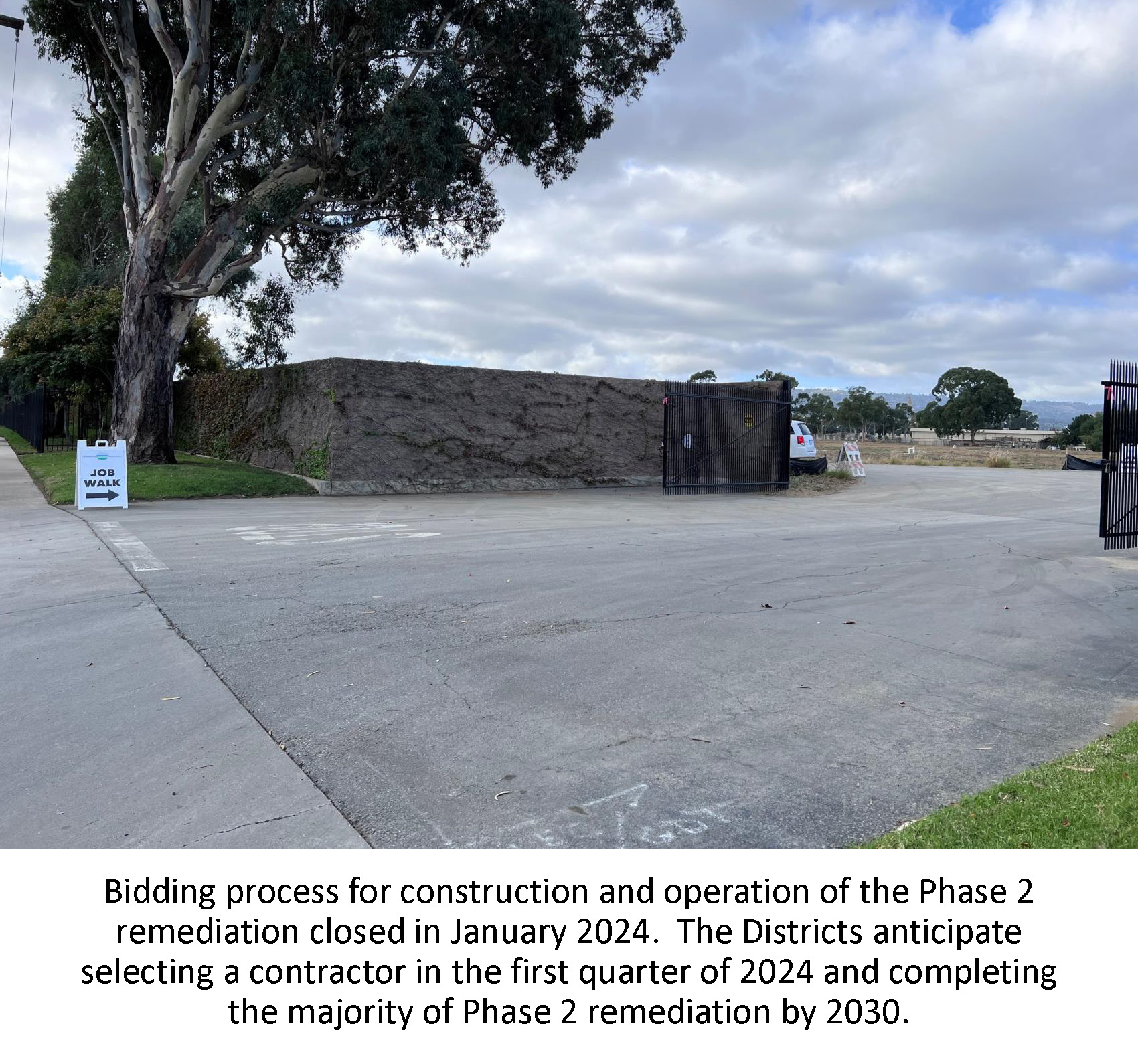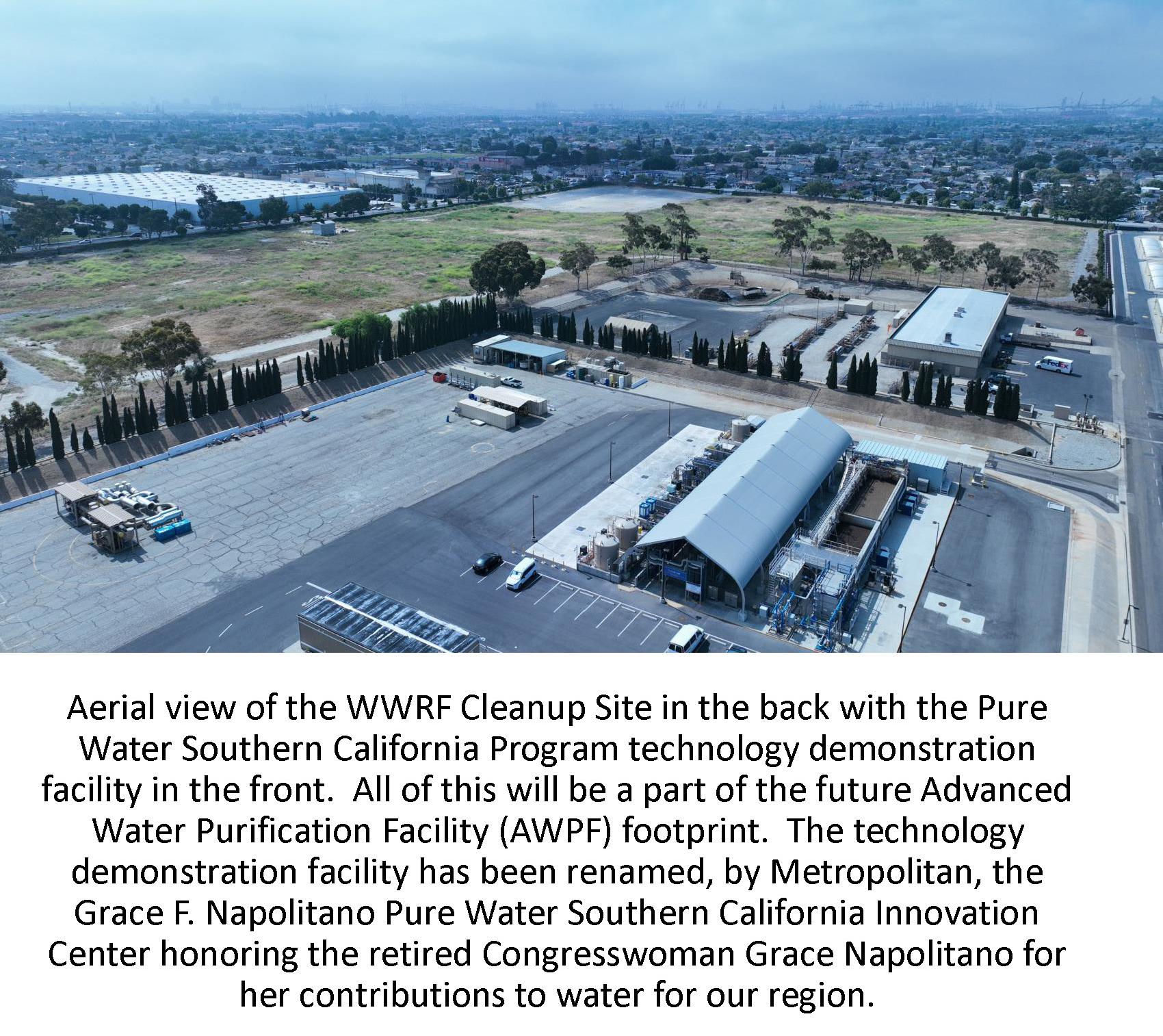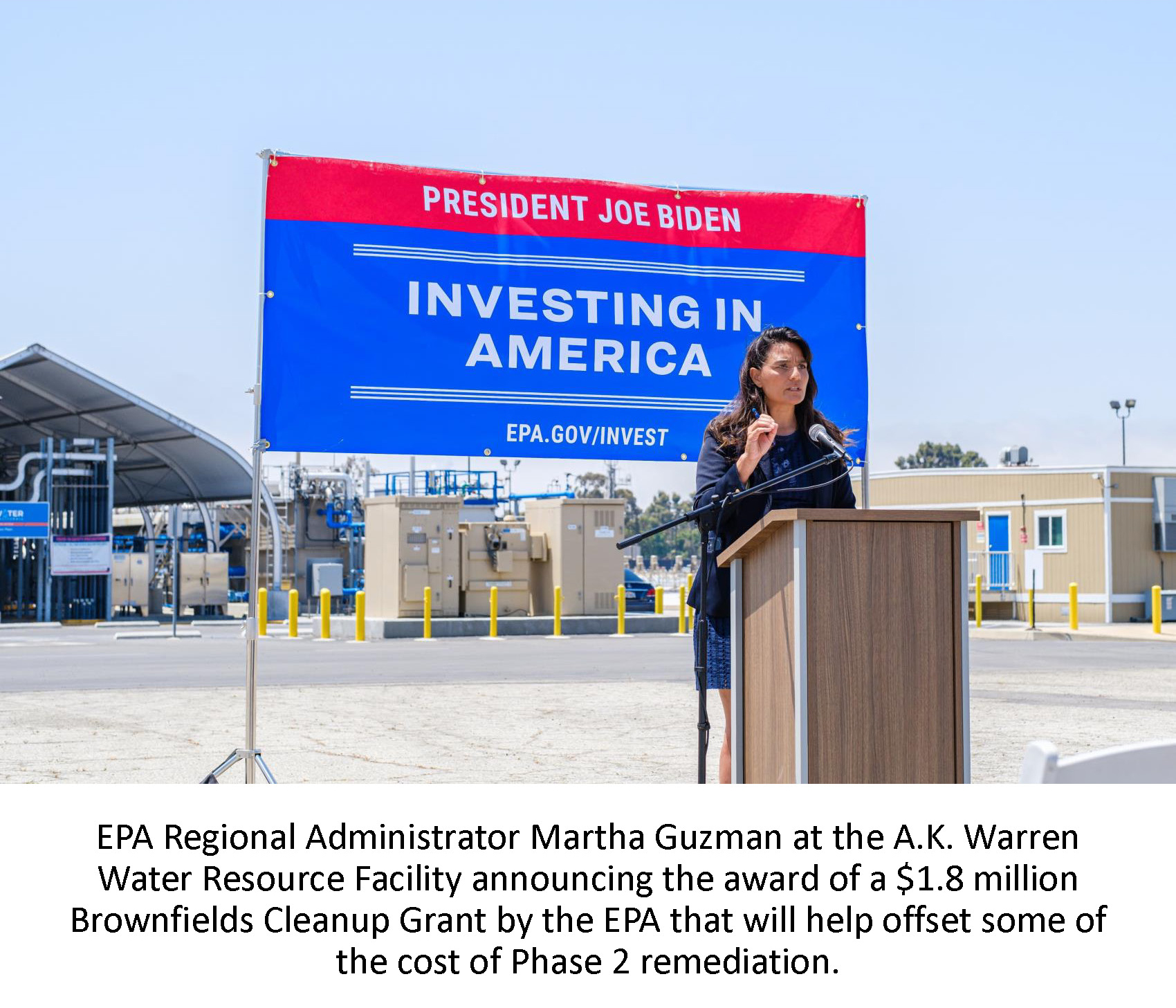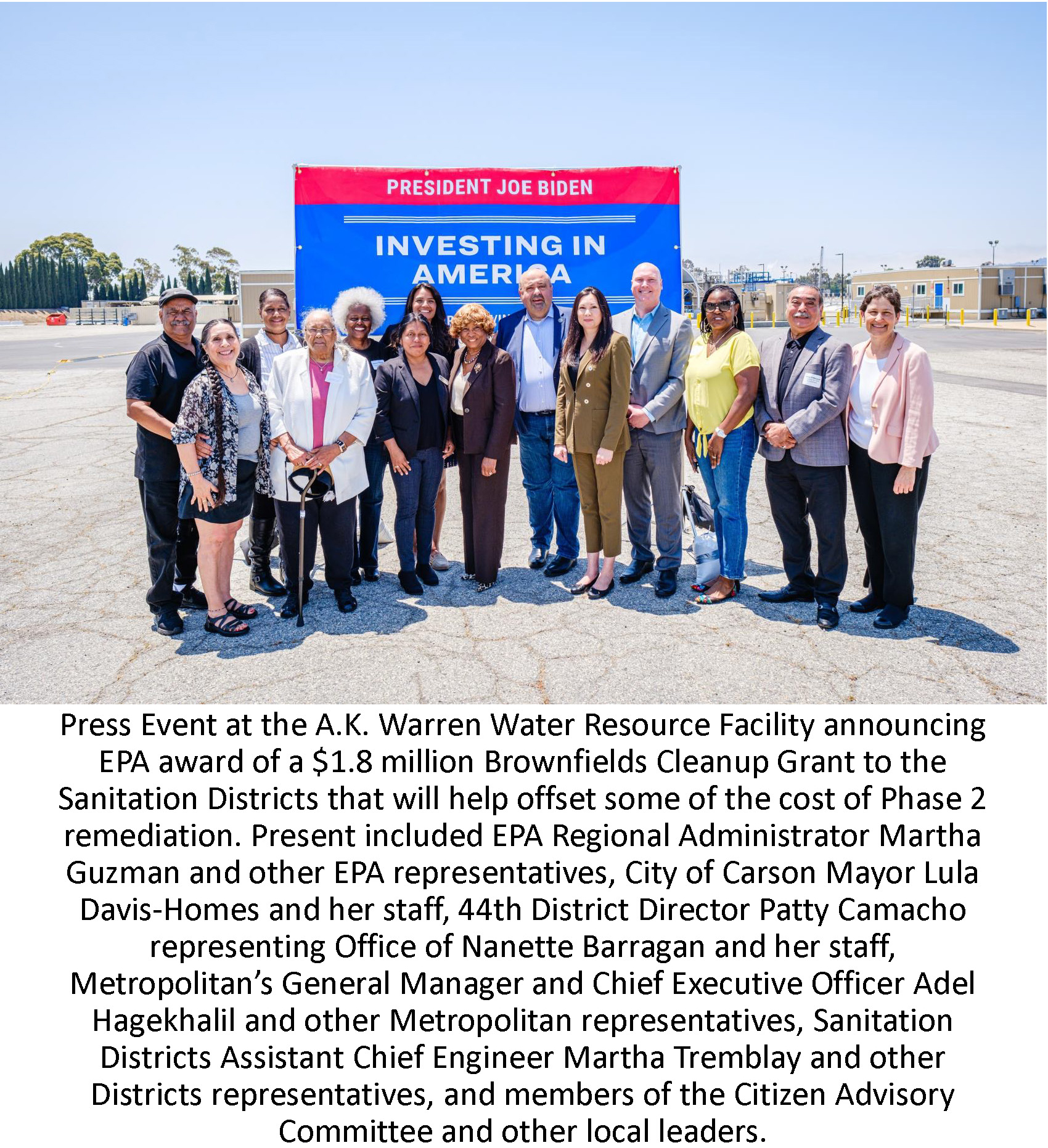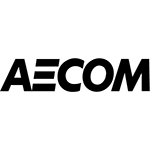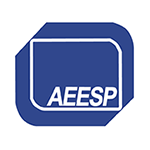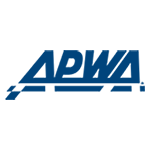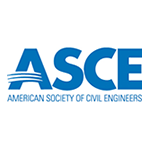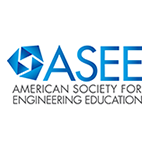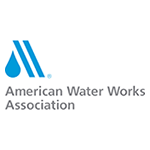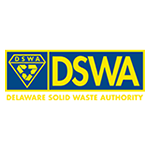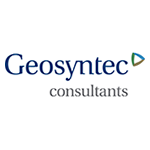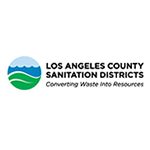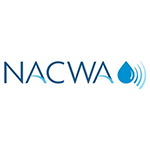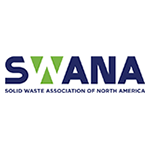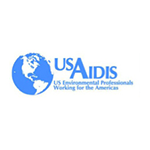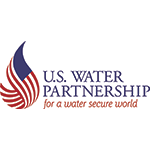2024 Excellence in Environmental Engineering and Science® Awards Competition Winner
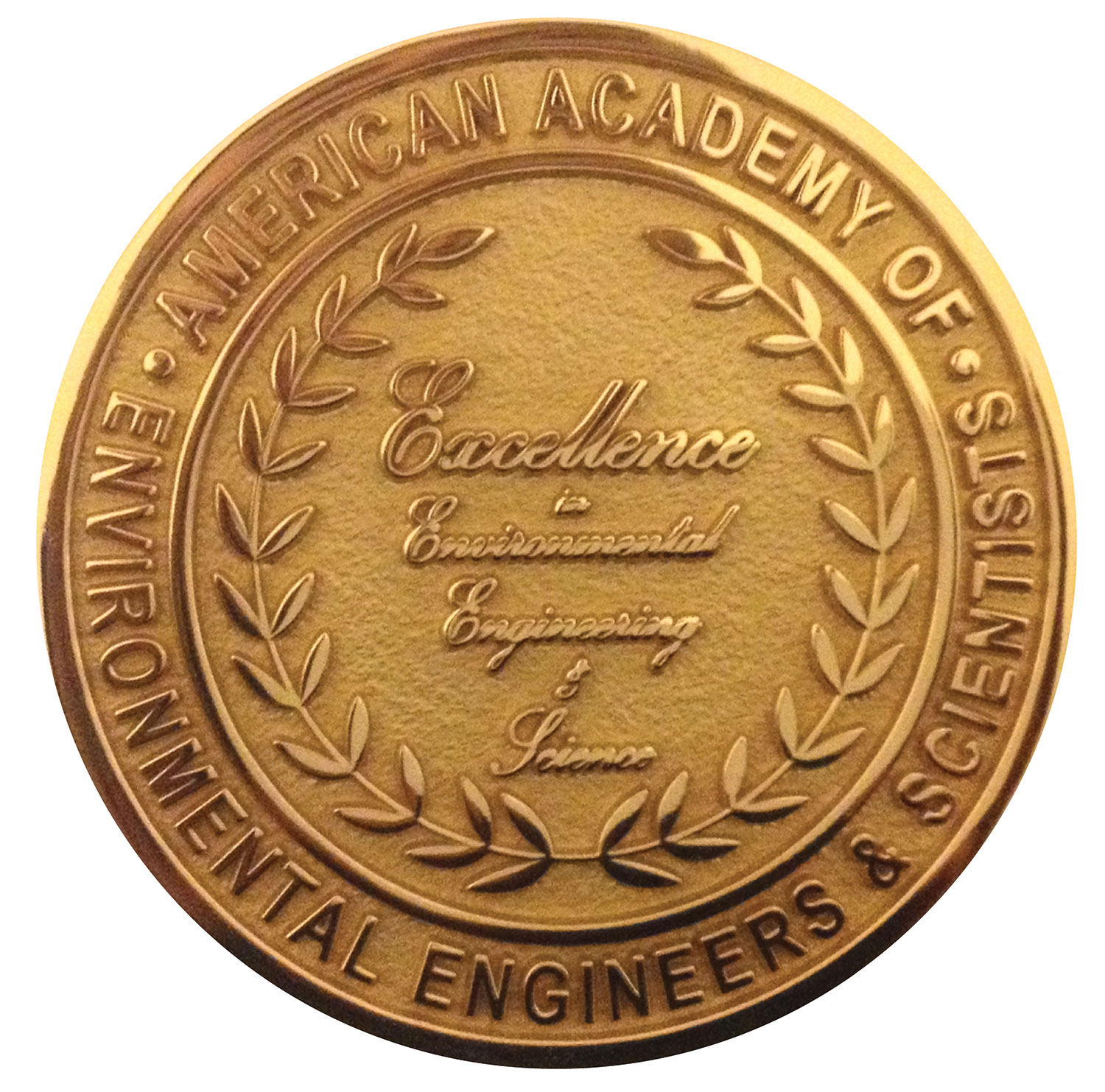
Honor Award - Industrial Waste Practice
WWRF Cleanup Site Remediation: Restoring a Brownfield and Paving the Way for a Regional Water Recycling Program
https://www.lacsd.org/about-us/warren-facility-cleanup
Entrant: Los Angeles County Sanitation Districts
Engineer in Charge: Robert C. Ferrante, P.E., BCEE
Location: Whittier, California
Media Contact: Wendy A. Wert, P.E., BCEE
Entrant Profile
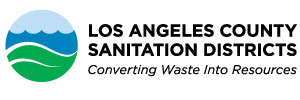

The Los Angeles County Sanitation Districts (Districts) are a regional public agency that serves the wastewater and solid waste management needs of 78 cities and unincorporated areas in Los Angeles County. The agency protects public health and the environment and, in doing so, converts waste into resources like recycled water, green energy and recycled materials.
The agency operates and maintains a regional wastewater collection system (which includes approximately 1,400 miles of sewers, 49 pumping plants, and 11 wastewater treatment plants) that treats about 400 million gallons of sewage per day. The agency also operates and maintains a regional solid waste management system.
The A.K. Warren Water Resource Facility (WWRF), the agency’s largest facility, currently treats about 250 million gallons of wastewater per day and serves over 4.8 million residents, businesses, and industries.
With the assistance of our consultants and contractors, including, Montrose Environmental, Inc., Advisian, and GSI Environmental Inc., the Districts have been actively remediating a portion of the WWRF that was formerly an oil refinery, a brownfield.
The site is now the proposed location of an Advanced Water Purification Facility that that would reuse cleaned wastewater that currently flows into the ocean. The purification facility is a critical element of the Pure Water Southern California Program, a collaborative effort between the Districts and the Metropolitan Water District of Southern California. Remediating the brownfield is a critical step towards putting that property back to productive use for the community.
Project Description
WWRF Cleanup Site Remediation
The Los Angeles County Sanitation Districts (Districts) are remediating petroleum contamination in soil and groundwater on a portion of the A.K. Warren Water Resource Facility (WWRF, previously known as the Joint Water Pollution Control Plant) in Carson, California (Site) where a refinery was in operation between 1939 and 1992. The agency purchased the Site in 2000 to act as a buffer between the WWRF and surrounding land uses and to accommodate future plant expansions. The seller agreed to remediate the Site, however, after they declared bankruptcy in 2007, the Districts assumed responsibility for the cleanup and have been actively remediating the Site since. The Los Angeles Regional Water Quality Control Board (LARWQCB) is the regulatory agency responsible for overseeing remediation of the Site.
Investigation and Remediation
Due to historical refinery operations, soil and groundwater at the Site are contaminated by petroleum hydrocarbons. Since assuming responsibilities, the Districts have invested significant effort in additional investigative studies and remediation activities. These include excavation and landfarming, reuse or disposal of surficial impacted materials, and recovery of hydrocarbons using an air-sparge/soil vapor extraction (AS/SVE) system. Soil excavations removed more than 11,000 cubic yards of impacted soil from depths up to 10 feet below ground surface. As of today, 1.7 million pounds of hydrocarbons have been recovered and destroyed by the AS/VE system in compliance with strict air quality regulations.
Phased Approach
In 2019, the LARWQCB approved the Districts’ two-phased approach to cleaning up the Site. Phase 1 involves remediation of the top 30 feet of soil, and Phase 2 involves remediation of the deeper soil and groundwater. As a part of the Phase 1 closure process, the Districts submitted a series of documents to the LARWQCB including:
- 2018 – Conceptual Site Model outlining current understanding of site conditions;
- 2019 – Human Health Risk Assessment evaluating risk exposures for future site redevelopment scenarios; 2019 – Soil Management Plan for managing future site grading and soil excavation activities;
- 2019 – Feasibility Study evaluating technologies to remediate deep soil and groundwater; 2020 – Remedial Action Plan outlining objectives and methods for Phase 2 remediation; and 2020 – Deed Restriction limiting future use of the property to commercial/industrial purposes.
Findings
The LARWQCB agrees that the Districts’ efforts resulted in satisfactory cleanup of the top 30 feet, meaning that Phase 1 was complete allowing redevelopment and beneficial reuse of the brownfield site. In the December 2021 Phase 1 No Further Action letter, the LARWQCB found that “remediation at the Site since 2009 has resulted in the cleanup or abatement of the wastes in shallow soil (0-30 feet) to assure protection of human health and groundwater for its beneficial uses.”
Next Steps
Having completed Phase 1, the Districts now focus on Phase 2 remediation. In June 2023, the LARWQCB approved the Districts’ Phase 2 Remedial Design and Implementation Plan (RDIP). Continuing remediation efforts for deeper soils and groundwater as outlined in the RDIP will consist of:
- Expansion of the existing AS/SVE system onsite to treat deep soil and shallow groundwater aquifer;
- Installation of a biosparge system to treat deeper aquifer;
- Installation of a biosparge system as a boundary control along a portion of the eastern property boundary to intercept and mitigate groundwater migrating offsite; and
- Installation of a horizontal biosparge well system to address off-site groundwater contamination under commercial buildings without disruption to businesses.
Innovative Adaptive Model
The initial phase of system expansion will be within areas of the greatest impact. The systems will be operated, maintained, and monitored using an adaptive site management model. The remediation systems can be modified and expanded based on monitoring results.
Progress and Value
The bidding process for construction and operation of the Phase 2 remediation closed in January 2024. The Districts anticipate selecting a contractor in the first quarter of 2024 and completing the majority of Phase 2 remediation by 2030. In May 2023, the U.S. Environmental Protection Agency awarded the Districts a $1.8 million Brownfields Cleanup Grant that will help offset a portion of the cost.
Regional Water Resiliency
The cleanup project is an important element of collaborative efforts by the Districts and the Metropolitan Water District of Southern California (Metropolitan) to develop the Pure Water Southern California Program (Pure Water), which includes the proposed construction of an Advanced Water Purification Facility (AWPF) at the Site that would produce 150 million gallons of purified recycled water per day. The AWPF will be the cornerstone of the Pure Water Program, a critical component of the region’s water resiliency plan designed to address extreme droughts and water shortages. The AWPF would provide a drought-resilient new source of sustainable water to arid Southern California. The proposed AWPF will be one of the largest in the world, providing enough drinking water for 1.5 million people. Part of the Districts’ contribution to the partnership is to remediate the Site and make this large property available for the Pure Water Program at a nominal cost.
This is a significant benefit to the communities we serve, since purchasing a commercial/industrial property in the Los Angeles area of similar size, capable of hosting the regional AWPF, would cost over $100 million.
Looking Ahead
Completing Phase 1 remediation paves the way for the Districts and Metropolitan to begin construction of the AWPF, which would contribute to regional sustainability by productively reusing a former brownfield site to help provide a new source of clean water for arid Southern California. Although this milestone has been achieved, our work is not finished. A primary objective of the Phase 2 remediation project is to complete the majority of remediation before anticipated start of the AWPF construction to clear more space for construction and the future facilities. Another objective is to ensure the longer-term successful operation of the remediation systems to remediate residual contamination and prevent further migration of the contaminates and continue to protect public health and the environment.
Click images to enlarge in separate window.
|



